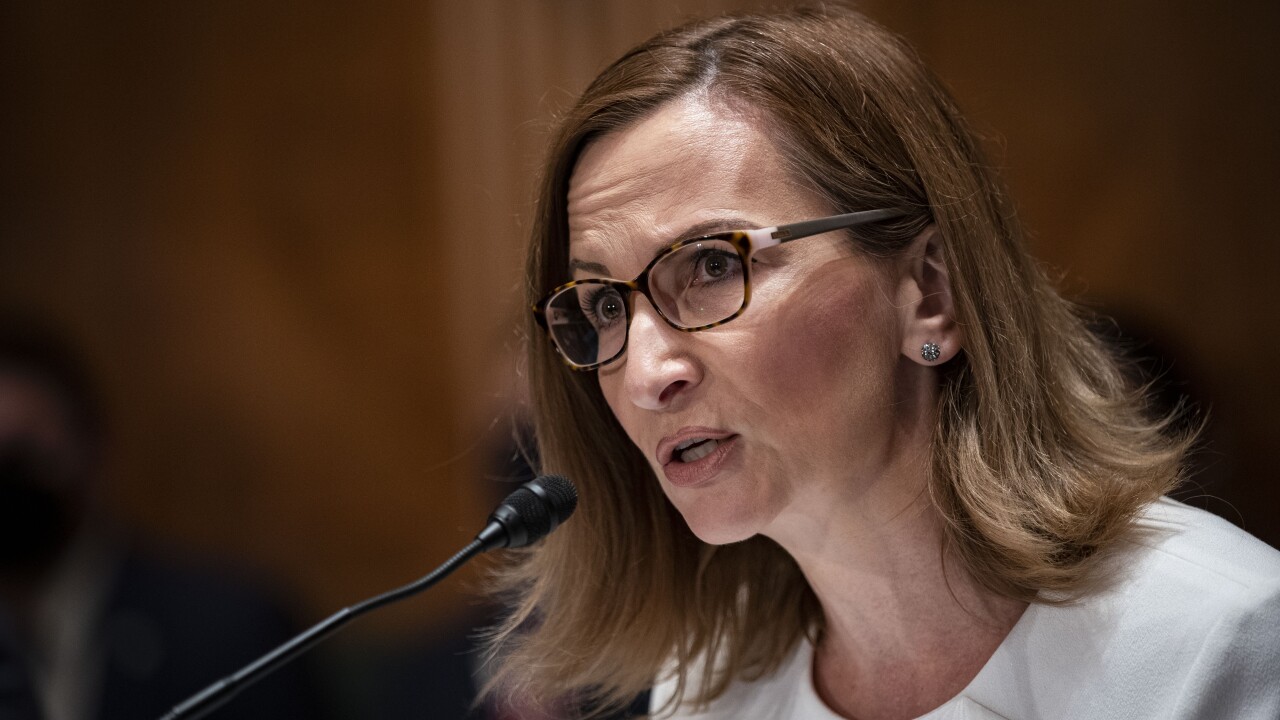Peru is working to link banks, fintechs and mobile wallet providers into an interoperable hub for instant payments using real-time technology provided by
With a launch set for early 2022, Peru will be the second Latin American country after
Peru’s new system will use mobile phone numbers and email addresses as proxies for bank accounts to increase financial inclusion in the country. Combined with the ISO 20022 messaging standard, this will enable the system to deliver a wide range of payment services that aren’t possible with legacy systems connecting banks in other countries such as Argentina, Colombia and Mexico.
Digital payments have exploded in Peru as a result of the pandemic’s severity and the everyday need for Peruvians to transact at a distance, according to Jeffrey Bower, senior investment officer, upstream for Latin America and the Caribbean at the International Finance Corporation.

Around 70% of the Peruvian population is unbanked or underbanked, and COVID-19 has led to a
BIM (Billetera Móvil), a mobile wallet for unbanked and underbanked consumers originally developed by
Banco de Crédito del Perú’s Yape, which enables P2P and P2B transactions via QR codes, has over 5 million users. “It’s commonplace in Peru to hear merchants saying 'Yapeame' instead of 'pay me,' " Bower said.
PLIN, provided by Scotiabank Peru, BBVA and Interbank, has 3 million users, according to Ralph Koker, Visa’s vice president of digital solutions for Latin America and the Caribbean. Both PLIN and Yape use Visa’s card-to-card transfer system Visa Direct, which also powers three other Peruvian bank-operated mobile P2P services.
Peru’s bank-owned ACH operator, Cámara de Compensación Electrónica (CCE), plans to include all of Peru’s fintechs — including wallet providers and digital-only banks — in its 24/7 instant payment service (IPS). “If we connect all the wallets used by unbanked Peruvians to the new platform, we can bring these people into the financial ecosystem,” said Martín Santa María, CCE's chief executive.
An important feature of CCE’s upgrade will be the multi-proxy service capability provided by Mastercard’s instant payments platform. This allows users to send payments to recipients’ mobile phone numbers, email addresses and taxpayer IDs, which are linked to their bank account or wallet.
“Proxy servers enable instant payment schemes to have multiple use cases,” said James Sherwin-Smith, Mastercard’s senior vice president of international infrastructure. “For example, governments can send welfare payments to citizens’ national ID numbers, and recipients can decide whether the money should be paid into their bank account or their mobile wallet.”
CCE will initially focus on getting the IPS up and running before implementing its proxy database, said Santa María. “But we do want to use the proxy database to provide interoperability between bank accounts, wallets and mobile transfer services such as PLIN and Yape. This would mean that users could send money from their wallet accounts on their phones to bank accounts and vice versa.”
The benefit of using ISO 20022’s enhanced financial data capability is that it allows FIs to offer a richer set of payment and non-payment transactions. CCE plans a large number of value-added services for IPS, including Request to Pay, interbank loan payments, and fraud monitoring. “We also want to offer not just P2P payments but also B2B solutions as well as G2C and G2B,” said Santa María.
Currently, Peru’s financial regulations only permit FIs to connect to CCE, which means non-banks would have to connect through a traditional FI to the IPS.
“The regulations need to change so that we can connect everyone,” said Santa María, who was previously CEO of Pagos Digitales Peruanos, the company that operates BIM.
Mastercard originally won the contract from CCE in December 2018 to provide its ISO 20022-based instant payments platform and to upgrade Peru’s bulk payments system. Mastercard is providing real-time clearing and settlement functionality from a managed service center it has established in Peru.
In 2016, Mastercard expanded into bank account-based real-time payments when it bought U.K.-based Vocalink, whose technology provides the basis of its
To meet rising demand for digital payments in Peru, CCE has expanded its existing real-time payment system to 24/7 operations. Launched in 2016, the system runs on the older ISO 8583 standard and previously only operated during banking hours. Instant transfers processed on this system quadrupled from 580,000 in January 2020 to over 2.8 million in January 2021.
Currently, 18 banks and cajas (credit unions) are integrated with CCE’s existing real-time payment system, while 32 FIs use its bulk transfer system. The challenge for CCE is to migrate these FIs to ISO 20022 so that they can become part of the IPS.
To smooth the way for the upgrade and to enable faster bank onboarding to the IPS, Mastercard has selected ACI Worldwide’s Enterprise Payments Platform to act as an adapter and aggregator. The platform will convert ISO 8583-based payments messages to ISO 20022, enabling Mastercard’s instant payment technology to work with the banks. “ISO 20022 migration has been difficult, but we hope the banks will move to the standard within the next year or so,” said Santa María.
Mastercard and ACI formed a global partnership in September 2020 to provide real-time payments technology to central banks, scheme operators and retail banks.
“Mastercard has certain pieces of the jigsaw and we have other pieces of it,” said Craig Ramsey, head of real-time payments, product management at ACI Worldwide. “By bringing these pieces together, we can offer a one-stop-shop that lets a country introduce instant payments faster than if they had to develop the various pieces themselves or source different components from different vendors.”
According to Santa María, the bulk payment system developed with Mastercard will go into live production in March 2021. The IPS will be launched in February 2022, following industry testing due to start in September 2021.
CCE’s goal is to connect more FIs to the IPS. “We saw three FIs integrate with CCE last year, as their customers have been demanding that they offer instant payments,” said Santa María. “We hope to have 24 FIs connected to the IPS.”





